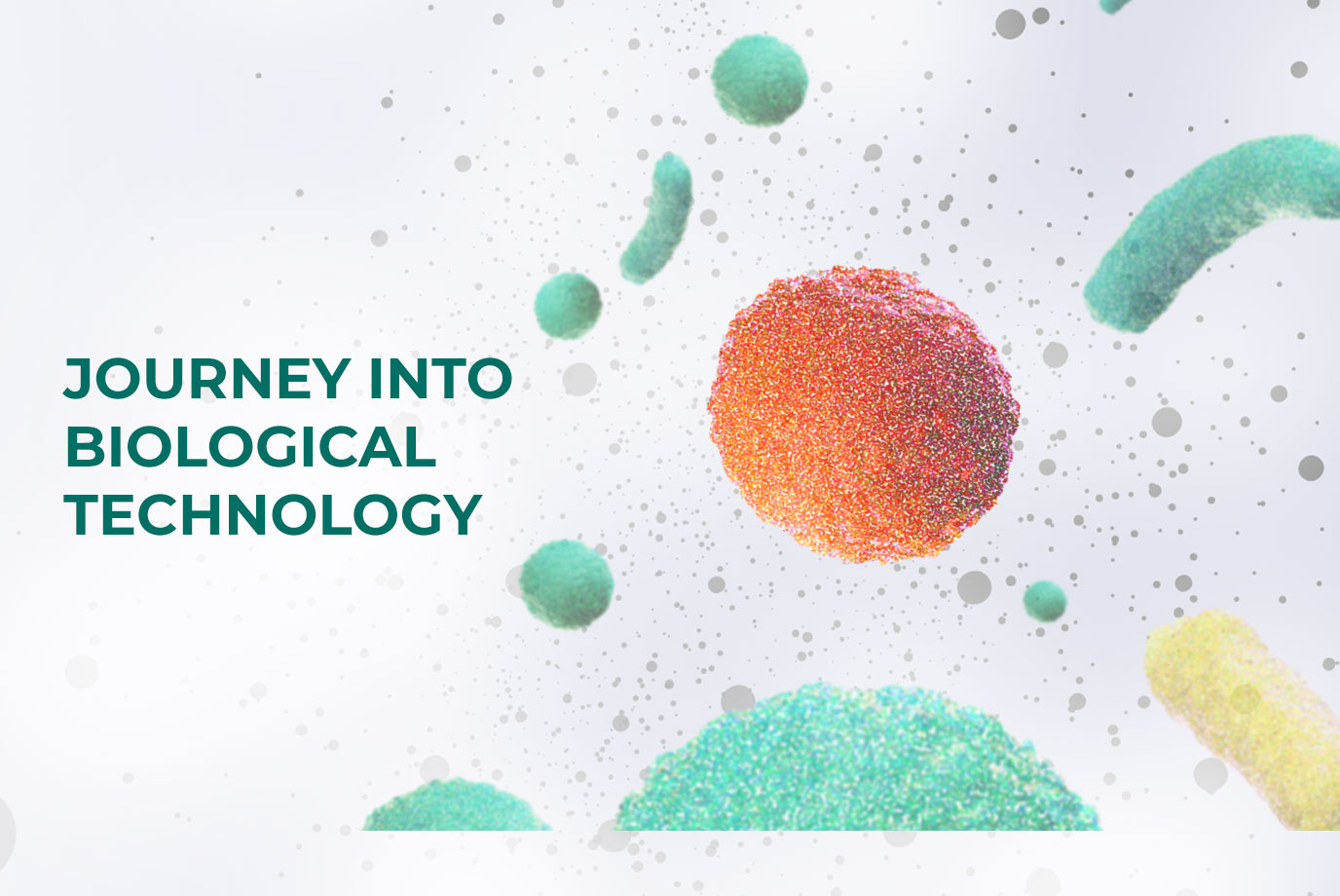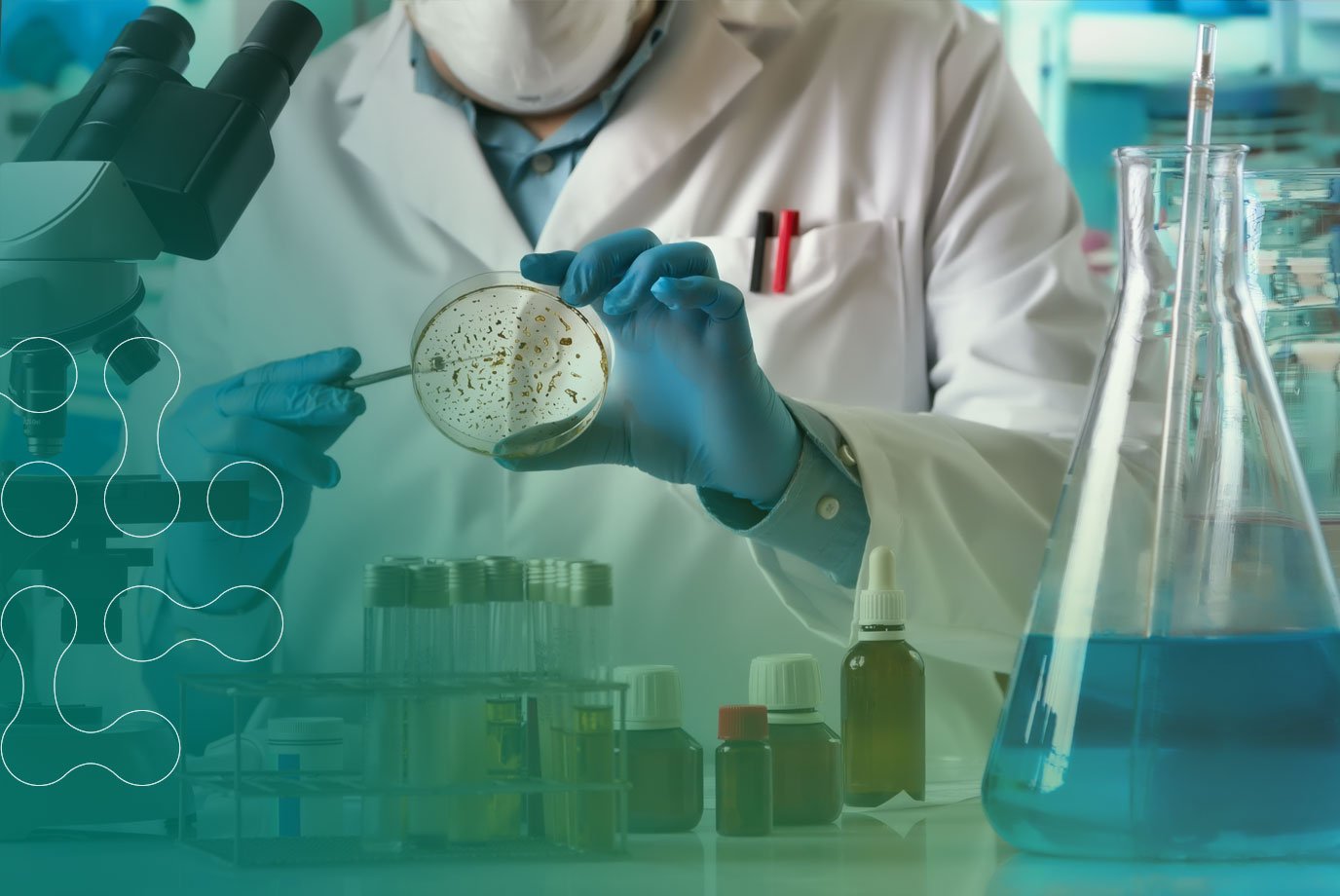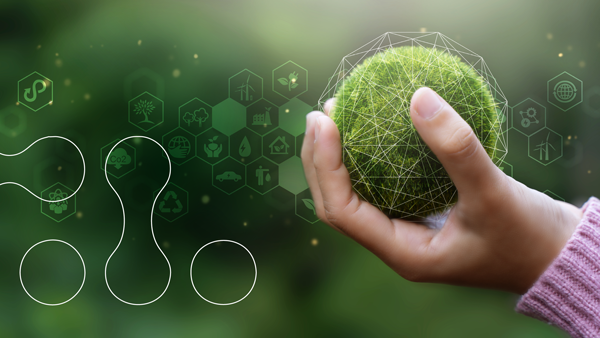There are still leading products available across the cleaning and hygiene sector and on supermarket shelves that use chemicals that have detrimental and damaging effects on the organisms living in the water. The organisms that make the oceans such a vital habitat.
The effects of these chemicals that are released into the water is known as aquatic toxicity. And, as an industry leader in eco-friendly, biotech-led products, we feel it is important to highlight this issue, and how it can be reduced.
What is Aquatic Toxicity?
As briefly covered, aquatic toxicity refers to the harmful effects that chemicals and other substances can have on aquatic ecosystems and organisms. Aquatic toxicity impacts a wide range of organisms, including algae, fish, invertebrates and aquatic plants. Though our area of expertise is looking at the impact of cleaning products, other sources of chemicals that can enter water bodies through include industrial discharge, agricultural runoff and wastewater treatment plants.
Generally, there are four levels, or manifestations, of aquatic toxicity. These are:
- Acute Toxicity – This refers to immediate harmful effects as a result of short-term exposure, with consequences such as death or rapid and severe behavioural issues. The concentration that is lethal to 50% of the fish is calculated and expressed as LC50.
- Chronic Toxicity – This is about long-term exposure. It covers the effects on hatching, growth, reproductive ability, weakened immune systems, and more.
- Bioconcentration – This category looks at the toxic substances that have the ability to accumulate in the tissues of organisms over time. This can occur when organisms ingest or absorb the pollutant at a greater rate than they can eliminate it.
- Ecosystem – Certain chemicals can have broader, detrimental effects on entire aquatic ecosystems. The results of this can be devastating, damaging the food chain, the population and even species composition.
Whereas acute aquatic toxicity testing is a basic requirement in most pieces of EU chemicals legislation, chronic aquatic toxicity testing may be required when the outcome of the acute testing indicates a risk, or in the case that long term exposure is expected.
Measuring and Classifying Toxicity
All substances are assigned hazard classifications depending on either generic classification cut-offs, specific concentration limits or M factors, where these exist. Environmental classifications consider both acute and chronic effects on aquatic plant and species life.
Short term acute toxicity to fish, crustacea, algae and aquatic plants is assessed over a 48–96-hour time frame by both LC50 and EC50 parameters. LC50 stands for Lethal Concentration and is the concentration of a substance which results in 50% of fish or other test animals to die.
The smaller the LC50 value, the more toxic the chemical is.
EC50 – Effective Concentration - is the concentration of a substance which results in a 50 percent reduction in either growth (EbC50) or growth rate (ErC50) relative to the control within 72 or 96hrs exposure. Again, the lower the value the more toxic a chemical is.
This can cause confusion, with the lower numbers signifying greater toxicity, and is something we that often raises questions. But it is simply that the lower values equate to less of the substance imparting more damage.
The values are quoted as mg/L, so a very low amount means a low concentration of substance, but it is still a lethal concentration killing either 50% of the various species or inhibiting growth in 50% of species. Think of it like a tiny amount of nerve agent for example, you don't exactly need a lot when substances are so toxic. A high mg/L value means that a species can tolerate a lot more of a substance before any harm is done.
Companies who sell environmentally damaging technology often rely on the product dilution to get underneath the cut offs required to display the environmentally damaging pictograms on their RTU (ready-to-use) product. However, the damage is done based on the overall number of litres being sold and therefore released into the environment – not a single product.
Aquatically Toxic Chemicals
There are number of chemicals that can cause both short- and long-term damage to aquatic organisms and environments. Some of the more regularly used include:
- Surfactants – Commonly found in general cleaning products and washing detergent, surfactants can be harmful to aquatic organisms by affecting the ability to obtain oxygen.
- Chlorine/Bleach – Another ingredient often used in cleaning products and disinfectants. Chlorine based compounds and bleach can react with organic matter and form highly toxic by-products such as chlorinated hydrocarbons, which can be particularly damaging.
- Ammonia – When ammonia - commonly found in a number of cleaning products – is present in water at high enough levels, it is difficult for aquatic organisms to sufficiently excrete the toxicant, leading to toxic build-up in internal tissues and blood, and potentially death.
- Solvents - Some cleaning products contain solvents such as benzene, which can be toxic to aquatic life. Certain solvents can contaminate water bodies and have detrimental effects on aquatic organisms, including fish, amphibians, and invertebrates.
- Phosphates – Another chemical often used in detergents, water softeners and cleaning products. Phosphates can promote excessive growth of algae, leading to eutrophication – depleting oxygen levels.
Eutrophication
As mentioned, some of the ingredients in cleaning products can have a significant impact on water quality and can be responsible for the eutrophication of oceans and rivers, a particularly damaging consequence.
Eutrophication is an ecological process that could be seen as similar to aging, in which a water body is increasingly enriched with organic matter – this process can be accelerated by nutrient pollution. Nutrients such as Phosphorus and Nitrogen enable increased growth of aquatic plants (algae) that can invade the aquatic area. When plants die, their decomposition by micro-organisms consumes oxygen from the aquatic environment.
In addition, oxygen is also consumed due to the decomposition of the surfactants present in the detergents/chemicals. A consequence of both these processes is that fish and invertebrates do not have access to adequate oxygen and as a result die by asphyxiation.
Fortunately, the law has developed considerably since the 1970’s and EU regulations have been strengthened, with current legislation calling for:
- An obligation to treat wastewater
- A ban on “persistent” foaming surfactants
- Facilities for placing biodegradable products on the market
- Enhanced biodegradability requirements
We must also consider, if 60% of the product is degraded, what happens to the other 40%? There is also another question that arises from the biodegradability testing… As the testing is carried out on each individual component; however, it is the finished product that needs to degrade.
How Can Biotechnology Reduce Aquatic Toxicity?
Not only do a number of the chemicals discussed cause some form of toxicity to aquatic life, several are also sourced from the petrochemical industry, resulting in a high carbon footprint. This means pre-use they contain high levels of CO2e, and post-use owing to their composition they may find their way into water systems and destroy aquatic life and environments.
Products that are powered by biotechnology, however, use naturally derived ingredients such as organic acids and plant derivatives to boost their effectiveness; such as biobased surfactants, builders, solvents and chelating agents.
The cleaning power in biotech-driven products is embellished by the inclusion of microbes and enzymes. These naturally derived bacteria, and the enzymes that they secrete, have the ability to clean surfaces just as well, if not better, than traditional chemicals but without the environmental risk associated with harsh chemicals.
Most products that make use of natural biotechnology are formulated to be easily broken down through microbial degradation, which results in products breaking down at a faster rate and more fully once they enter rivers or oceans. The active ingredients come from sustainable sources, have minimal aquatic toxicity and don’t rely on heavily emitting industries. It is common for the companies that manufacture these kind of products to champion eco-friendly practices such as manufacturing highly efficacious product concentrates in environmentally friendly packaging.
A simple change to a business’s cleaning products can make substantial reduction to chemicals released into the waterways and, ultimately, to aquatic toxicity. Something that needs to be considered not only on World Oceans Day, but for the entire year.




